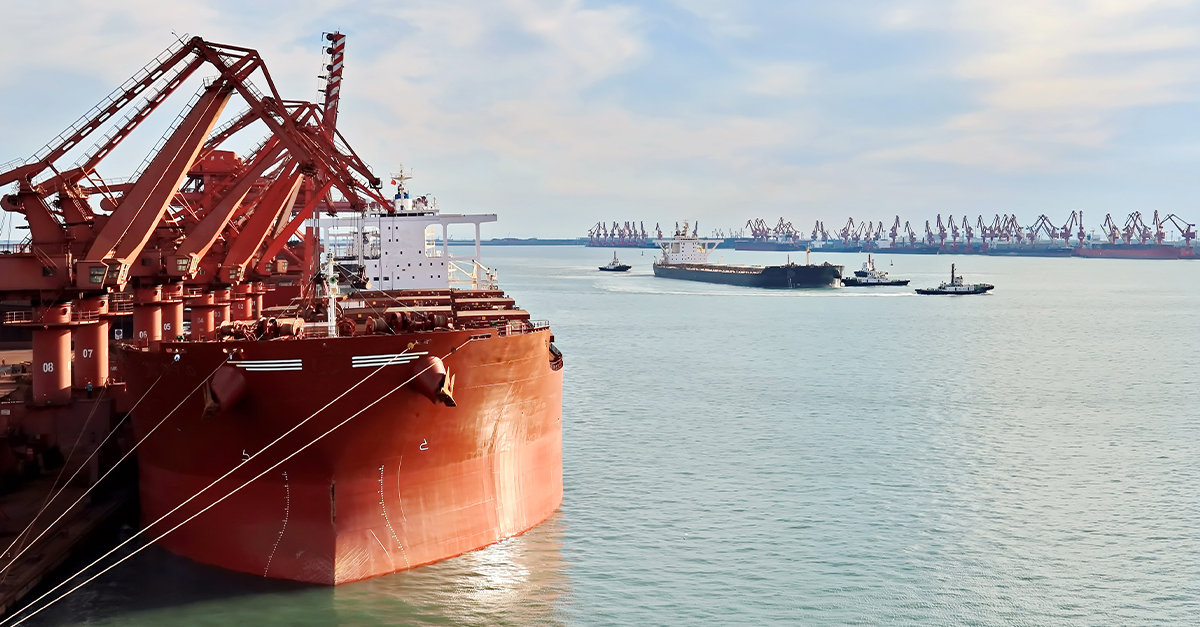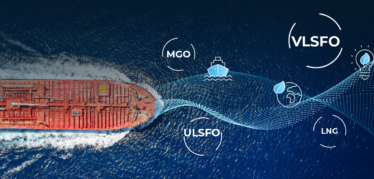While the whole of commercial maritime shipping is a delicate orchestration of precise timetables, granular P&Ls, and fluctuating variables, perhaps no single point in any voyage affects efficiency more than the port or berth. Truly effective berth management demands insight into current activities, foresight into future activities, and a workflow that simplifies the complex process of managing the two.
Berth management has both immediate and long-term ramifications for any organization operating in the marine space. It can be difficult to step back from the busy activities at berth to truly assess their staggering organizational impact, and the importance of their ongoing optimization. But anyone with front-line exposure to busy berth operations knows: what happens at the berth is critical to success across the entire supply chain.
In the spirit of optimizing your berth rotations once and for all, let’s take a closer look at some of the common sources of berth scheduling inefficiency:
1. Operating without a clear line of sight into evolving realities.
Whether berth activities are moving smoothly, minor issues are chipping away at reliability, or more significant backups are beginning to grind port movements to a halt, many organizations lack the real-time view necessary to detect and address these issues as they happen. Guesswork and assumptions can be extremely problematic when it comes to the flow of vessels and cargoes at berth, and organizations without a live view into what’s happening are often reliant on a combination of past experience, intuition, and piecemeal communications to make critical berth scheduling decisions. This slowed or missed flow of information can result in suboptimal schedules or conflicts that lead to costly demurrage.
An integrated solution that offers a current view into activities at berth eliminates guesswork and ensures stakeholders have everything they need to make decisions in light of current statuses and evolving realities. Organizations with integrated solutions and systems can appropriately react to changes as they occur, proactively minimizing downstream implications.
2. Planning and tracking berth, voyage, and cargo activities manually.
For many marine logistics and berth scheduling stakeholders, planning and tracking berth, voyage, and cargo activities still happens in manual spreadsheets. When stakeholders rely on unstandardized, manual, and disconnected tools to keep tabs on cargo and vessels as they move to and from berths, they risk more than workflow inefficiency. They risk a detrimental gap between planned and actual activity times that threatens the long-term effectiveness of schedules.
With an integrated solution in place to systematically track and compare activity estimates and actuals, stakeholders can compose more effective schedules, pinpoint the drivers of demurrage, standardize activity assumptions across berth schedulers and operators, and, ultimately, make continual improvements to meet timelines and contain costs.
3. Composing schedules using disconnected, hard-to-use tools.
Accurately and appropriately scheduling vessels across berths demands a keen understanding of a multitude of vessel- and cargo-specific variables including size, approximate load and discharge time, required port-side infrastructure, and more. Unfortunately, many berth schedulers and operators remain reliant on disjointed scheduling methods that are disconnected from vessel, cargo, and voyage data. This can lead to unmet requirements that are often only discovered when the vessels arrive at port, resulting in a reactive rather than proactive berth schedule that runs a higher risk of demurrage.
With an integrated solution, berth scheduling can become a streamlined and standardized process that automatically considers voyage, cargo, and vessel requirements as an integrated part of the planning workflow. In addition to eliminating avoidable sources of back-ups, such as berths that are too small or ill-equipped to support certain vessel types, an integrated approach to scheduling can keep downstream stakeholders informed—making life a lot easier for berth schedulers and operators.
Transform Inefficiency to Insight with VIP Berth Scheduling
These inefficiencies that bog down your berth planning and management largely stem from poor visibility, siloed data, and communication gaps. The right digital solution can bring new automation, insight, and efficiency to the berth scheduling process to optimize berth rotations, improve communication efficiency and effectiveness, reduce costly demurrage, and enhance continuity and shared knowledge.
As an industry solution tightly integrated with the rest of the marine freight function within the Veson IMOS Platform (VIP), VIP Berth Scheduling can do just that. To learn more, read the use case below and connect with a member of the Veson team.



 Giftson Eliyesar
Giftson Eliyesar
 Hongbeom Park
Hongbeom Park
 Oliver Kirkham
Oliver Kirkham